Resilience and Determination to Serve: The Story of Canada’s No. 2 Construction Battalion
- Feb 16, 2023
- History
- 6 minute read
This Black History Month, we’re celebrating Black military history in Canada with a coin that honours No. 2 Construction Battalion—the largest all-Black battalion-sized unit in Canadian military history.
The members of No. 2 Construction Battalion served with distinction, and were willing to risk their lives to preserve the very rights and freedoms that weren’t always afforded to them before, during, and after the First World War.
Discover their story, and the importance of preserving and honouring our country’s military history— especially that of those whose stories have often been overlooked.
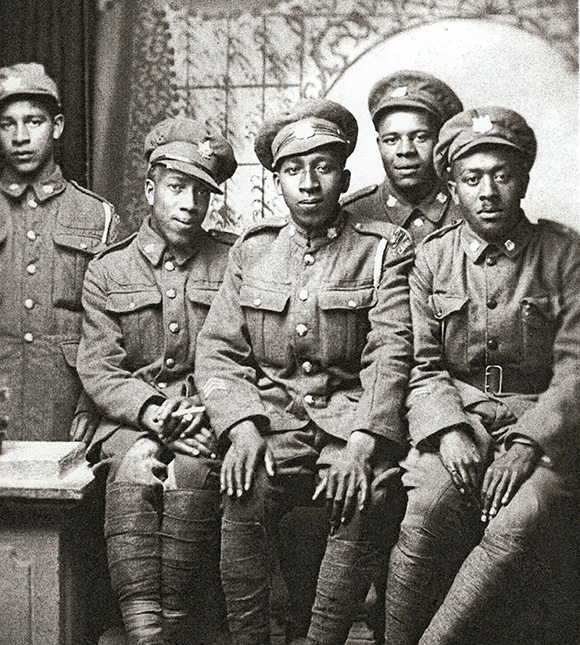

Credit: Black Cultural Centre of Nova Scotia
This Black History Month, we’re celebrating Black military history in Canada with a coin that honours No. 2 Construction Battalion—the largest all-Black battalion-sized unit in Canadian military history.
The members of No. 2 Construction Battalion served with distinction, and were willing to risk their lives to preserve the very rights and freedoms that weren’t always afforded to them before, during, and after the First World War.
Discover their story, and the importance of preserving and honouring our country’s military history— especially that of those whose stories have often been overlooked.
Pride and Perseverance
Canada’s involvement in the First World War began on August 4, 1914. Although recruitment efforts to enlist men for “The Great War” were plentiful, some Canadians experienced racist barriers to entry. During the first two years of the war, hundreds of Black Canadians eagerly attempted to join the Canadian Expeditionary Force (CEF), but most were turned away because of the colour of their skin.
Regardless, Black Canadians persevered: they, along with white supporters, pressed officials to allow Black enlistment. Finally, when Britain requested more labour units from Canada in 1916, the decision was made to establish a segregated labour battalion—thus setting the foundation for No. 2 Construction Battalion.
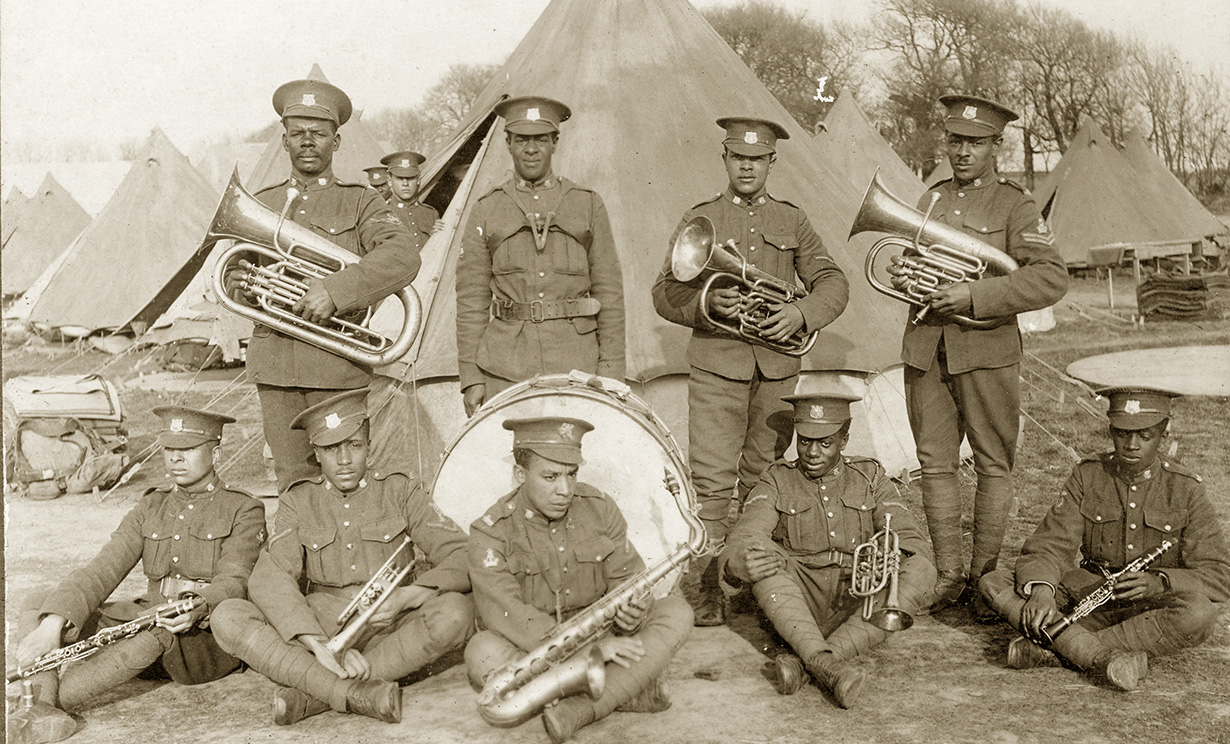
Credit: (Courtesy Lt‐Col DH Sutherland Collection, River John, Nova Scotia)
No. 2 Construction Battalion (also known as the Black Battalion) was formed on July 5, 1916 in Pictou, Nova Scotia before relocating to nearby Truro. The unit recruited more than 600 men from all over Canada and beyond: many of its members were from Nova Scotia, while others hailed from the United States and the British West Indies. The unit’s chaplain, Rev. Dr. W. Andrew White, held the rank of captain and was the only Black officer in No. 2 Construction Battalion—and one of the few Black officers in the Canadian military during the war.
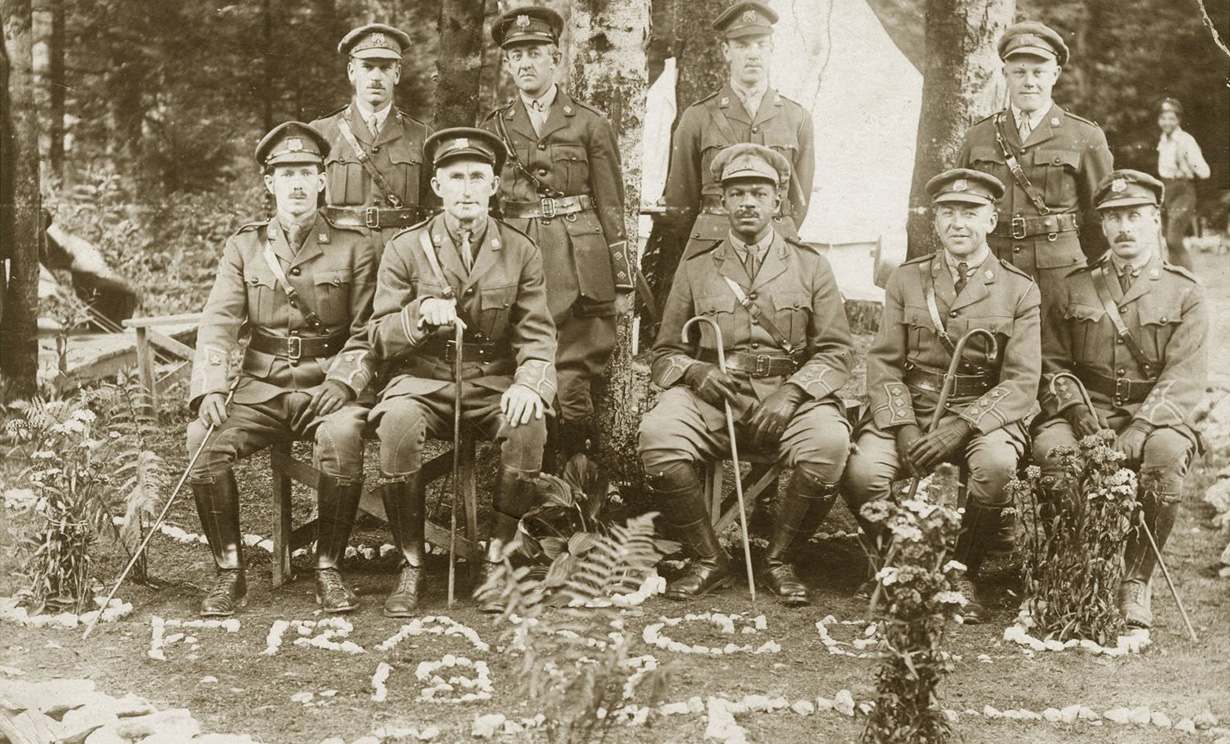
Credit: (Courtesy Lt‐Col DH Sutherland Collection, River John, Nova Scotia)
On March 28, 1917, the battalion sailed from Halifax aboard the SS Southland to Liverpool, England, arriving on April 7. Here, the unit was reorganized as a labour company—it was renamed No. 2 Canadian Construction Company as it did not have enough men to officially be considered a battalion.
The unit was deployed to France’s mountainous Jura region on May 17. Here, the men assisted the Canadian Forestry Corps (CFC) with lumber and logging operations, transportation and railroad construction, water and power supply, and road maintenance. The finished timber that they helped load and transport by rail was used to line battlefield trenches, support observation posts, and construct aircraft in France. These were all vital services that greatly supported Canada’s war effort, and assisted the Allies in their fight against the opposing nations.
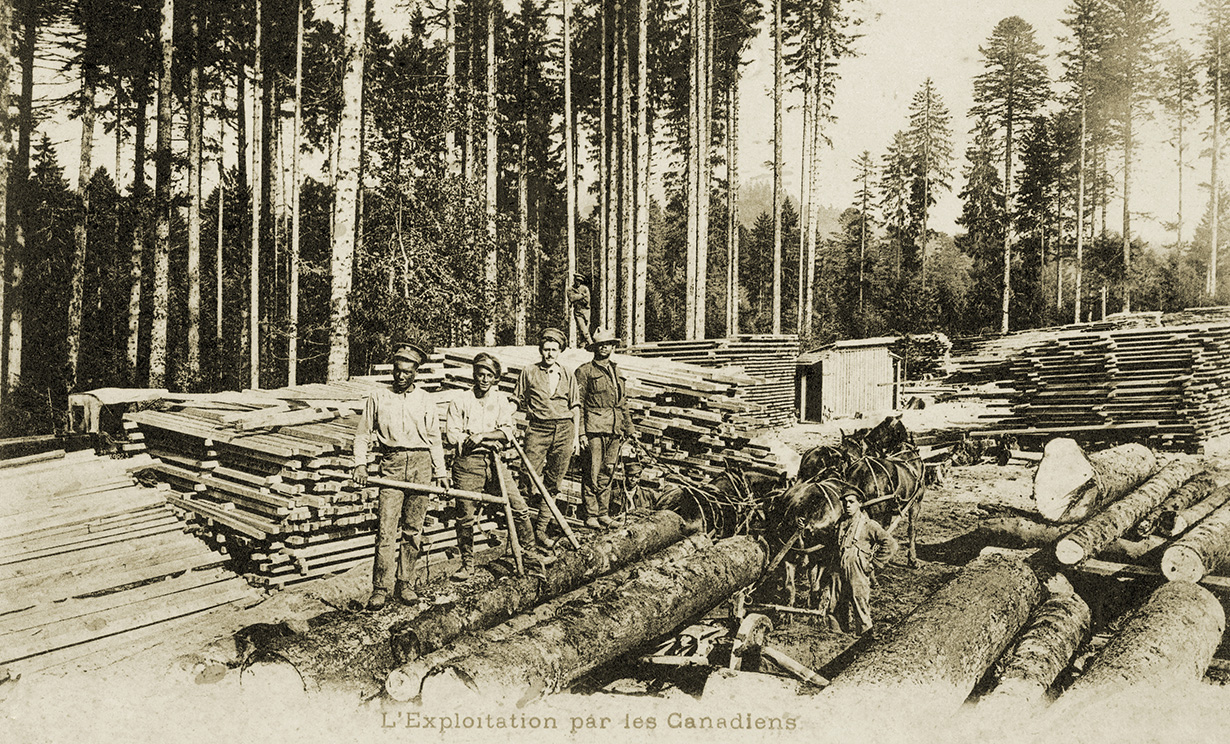
Credit: (Courtesy Lt‐Col DH Sutherland Collection, River John, Nova Scotia)
While a few No. 2 Construction Battalion soldiers saw combat while serving in other CEF units, the unit as a whole did not. That said, the battalion’s contributions to combat operations—and to the proud tradition of military service by Black Canadians—cannot be understated.
After the war ended on November 11, 1918, most of the men of No. 2 Construction Battalion returned to Canada in January 1919. The battalion was officially disbanded in September 1920.
Honouring Our Past
It is important that the achievements of Black Canadians are celebrated, but we must also bring to light the struggles that are an important part of Canada’s past.
“[No. 2 Construction Battalion] was created as a result of protest from members of the Black community for the rejection and racism of Black soldiers when they went to enlist,” says Kathy Grant, a Toronto-based educator, public historian, and founder of Legacy Voices—a project that ensures Black Canadian Military History is documented and preserved.
“It is important [for the battalion] to be honoured on a coin because Canadians are now able to hold this piece representing Black Canadian Military history in the palm of their hands. It sparks conversations and it is a beautiful tribute to the men themselves. They will not be forgotten.”
On July 9, 2022, the Government of Canada issued a formal apology for the historic racism and discrimination endured by members of No. 2 Construction Battalion.
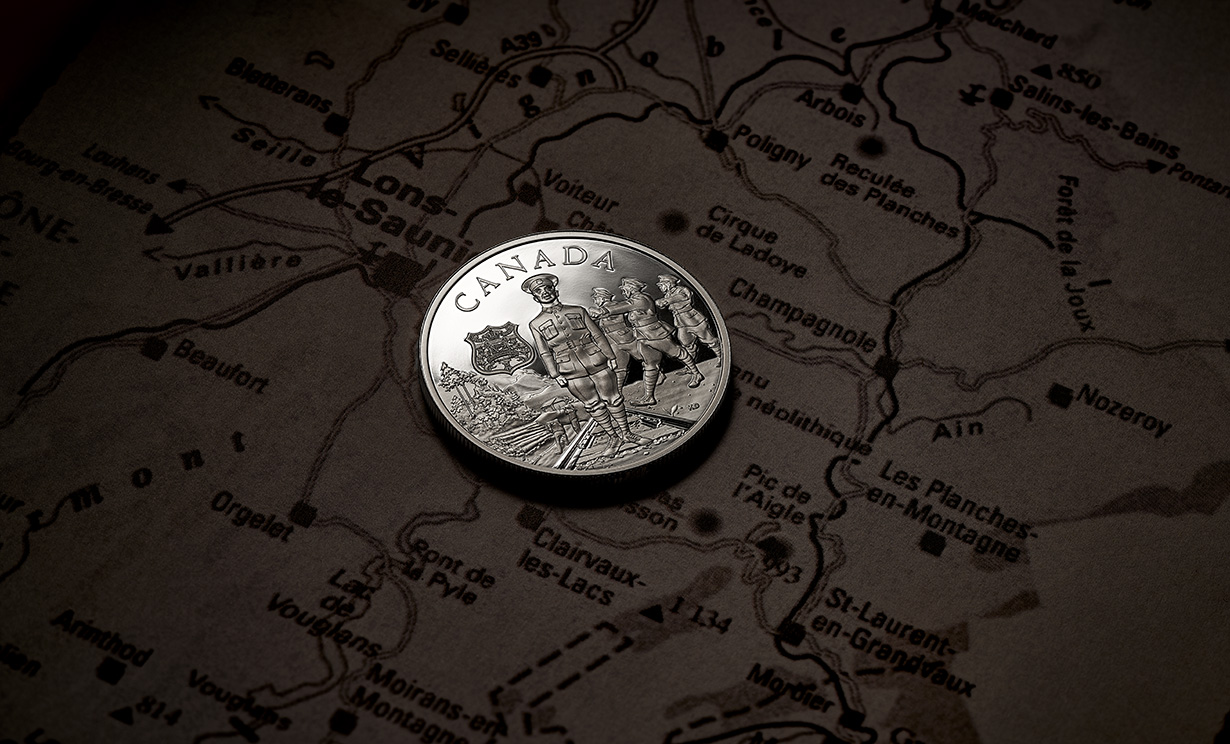
Despite racial prejudice, the members of No. 2 Construction Battalion persevered in their determination to serve. Over a century later, their legacy remains an inspiration.
“No. 2 left a legacy of hard work, discipline, and pride. It is important to preserve and honour our country’s military history because these soldiers volunteered to fight for the freedoms we enjoy today. Whether it was on the front lines or in a supporting role, everyone did their “bit” whether they were Black or White. They deserve to be honoured and remembered,” says Grant.
Join us in honouring these brave men with the Commemorating Black History: No. 2 Construction Battalion coin—the fifth in our annual series, and the first coin to highlight Black military history in Canada and the experiences of Black Canadian soldiers.
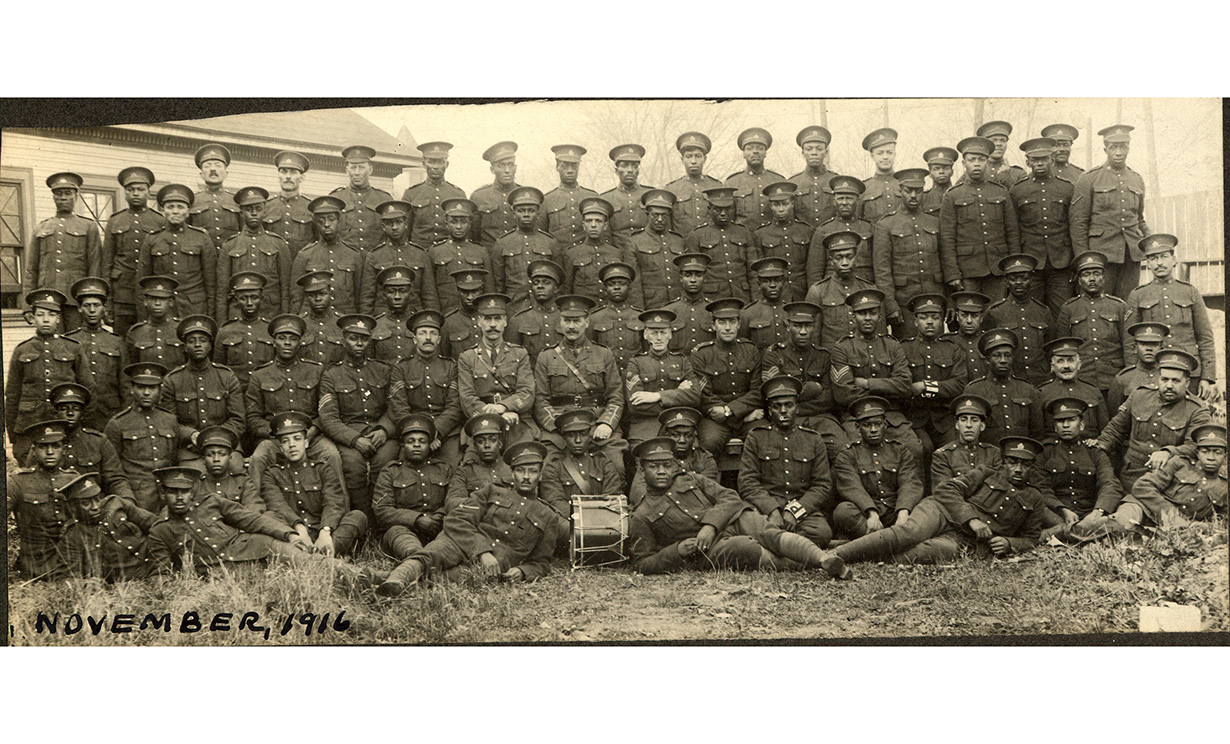
Credit: © Museum Windsor | Musée Windsor, P6110
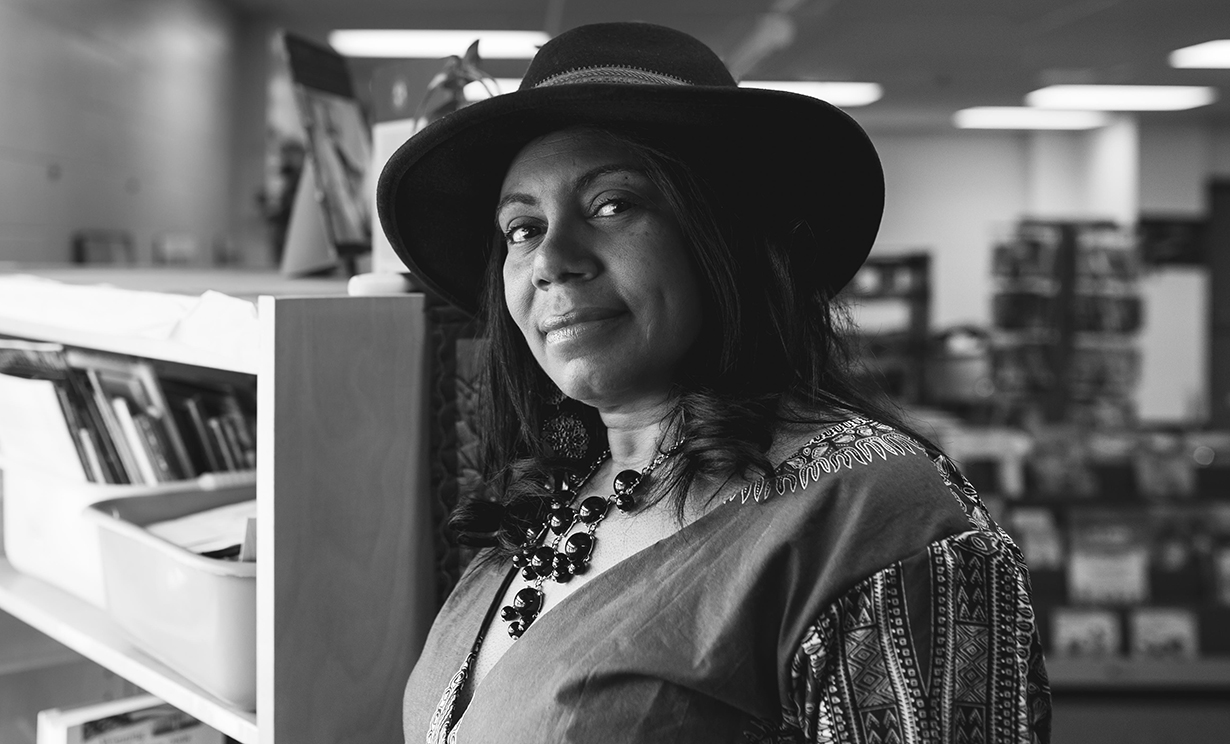
Contributor Thanks: Kathy Grant
Born in Montreal to Barbadian immigrants, Kathy Grant is an educator, public historian and founder of Legacy Voices, which ensures Black Canadian History, and particularly Black Canadian Military History, is documented and preserved.
Kathy has made educational presentations to municipalities, schools, and community organizations, and works to promote an inclusive approach to storytelling and historical documentation.
Kathy was recently presented with the Queen’s Platinum Jubilee medal and the OBHS Mary Matilda Winslow Award for Public Education Advocacy.



